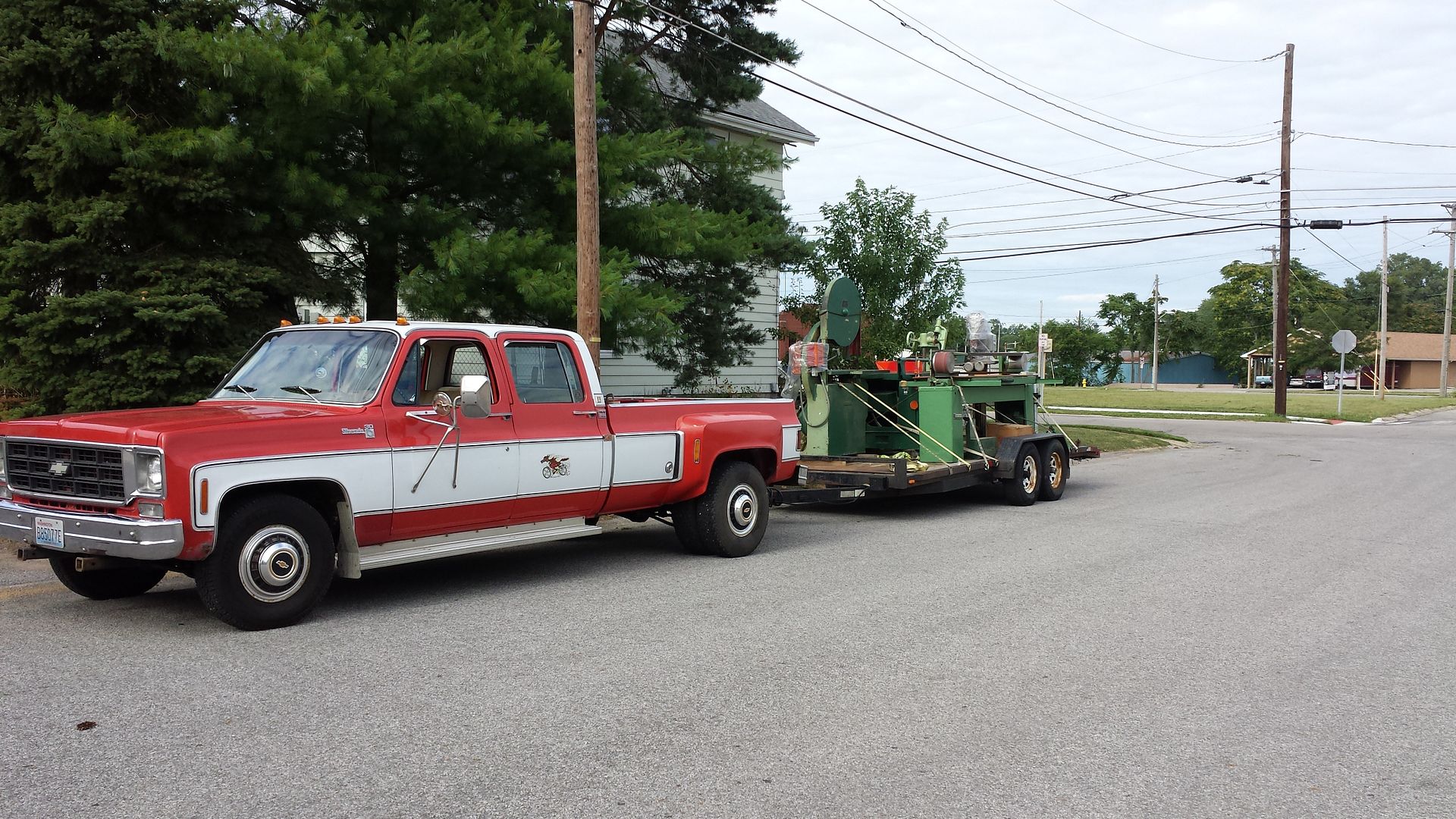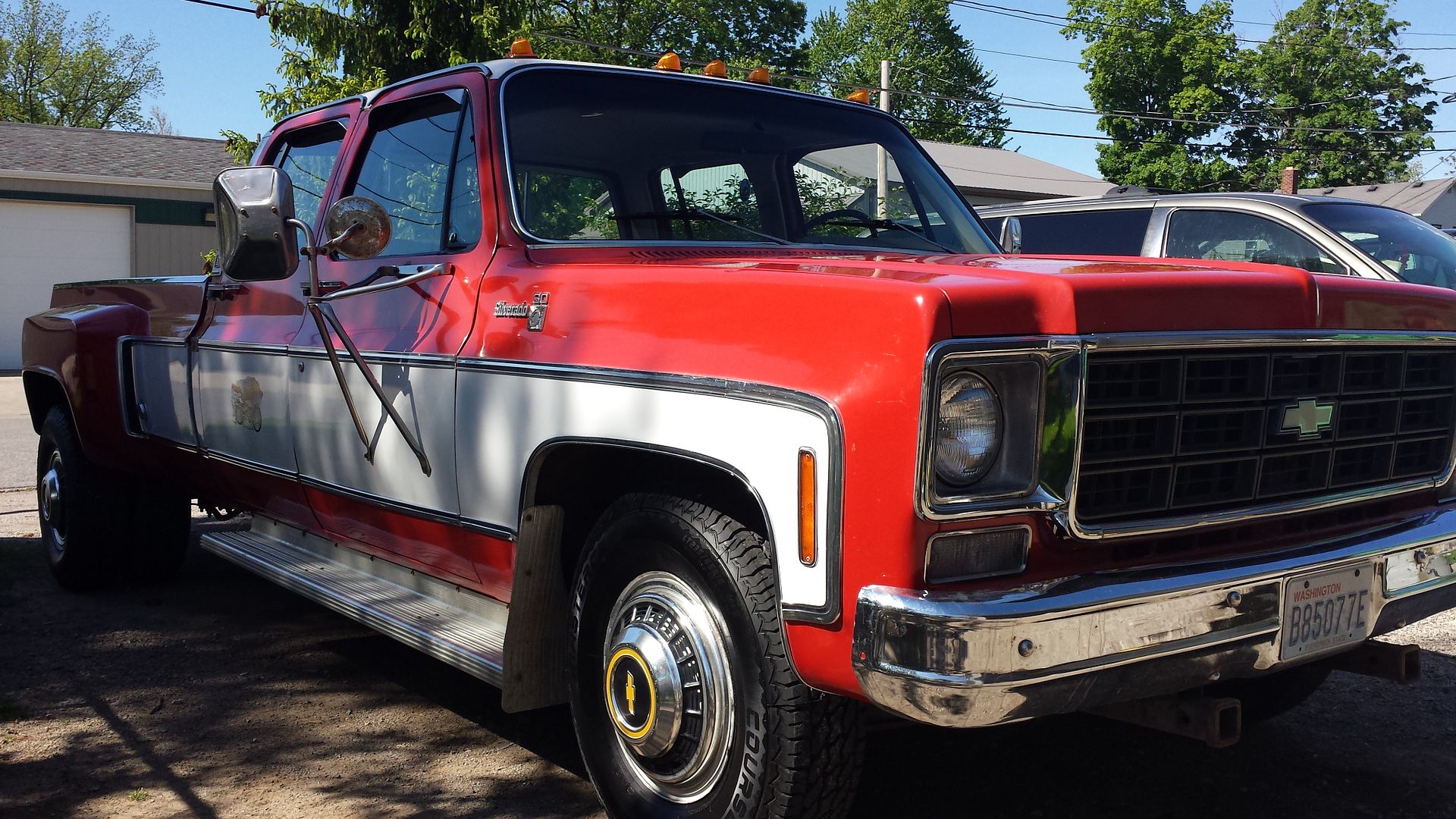WarnerConstCo.
Member
- Joined
- Apr 14, 2008
- Messages
- 4,205
This has been sitting too long, the time has come to use it or loose it.
I have questions about these centers. I just got the center out of the tail stock (which seems to be a live center someone had made for it) and was able to remove the center from the head stock (seems to be a spur drive?)
What are the additional centers for?
It also looks like the face plate will unthread as well?
Tailstock center on left headstock center on right
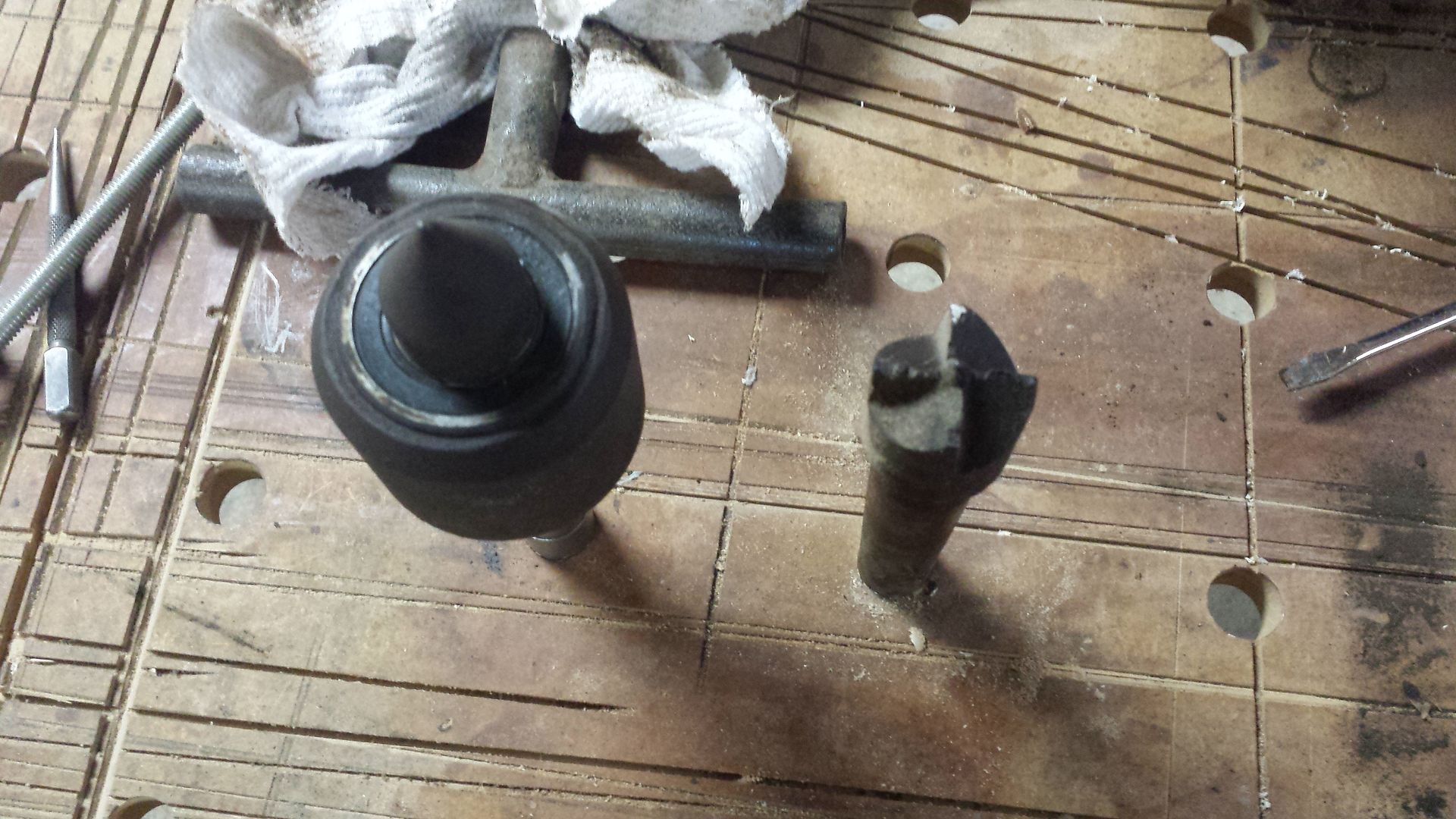
Another view:
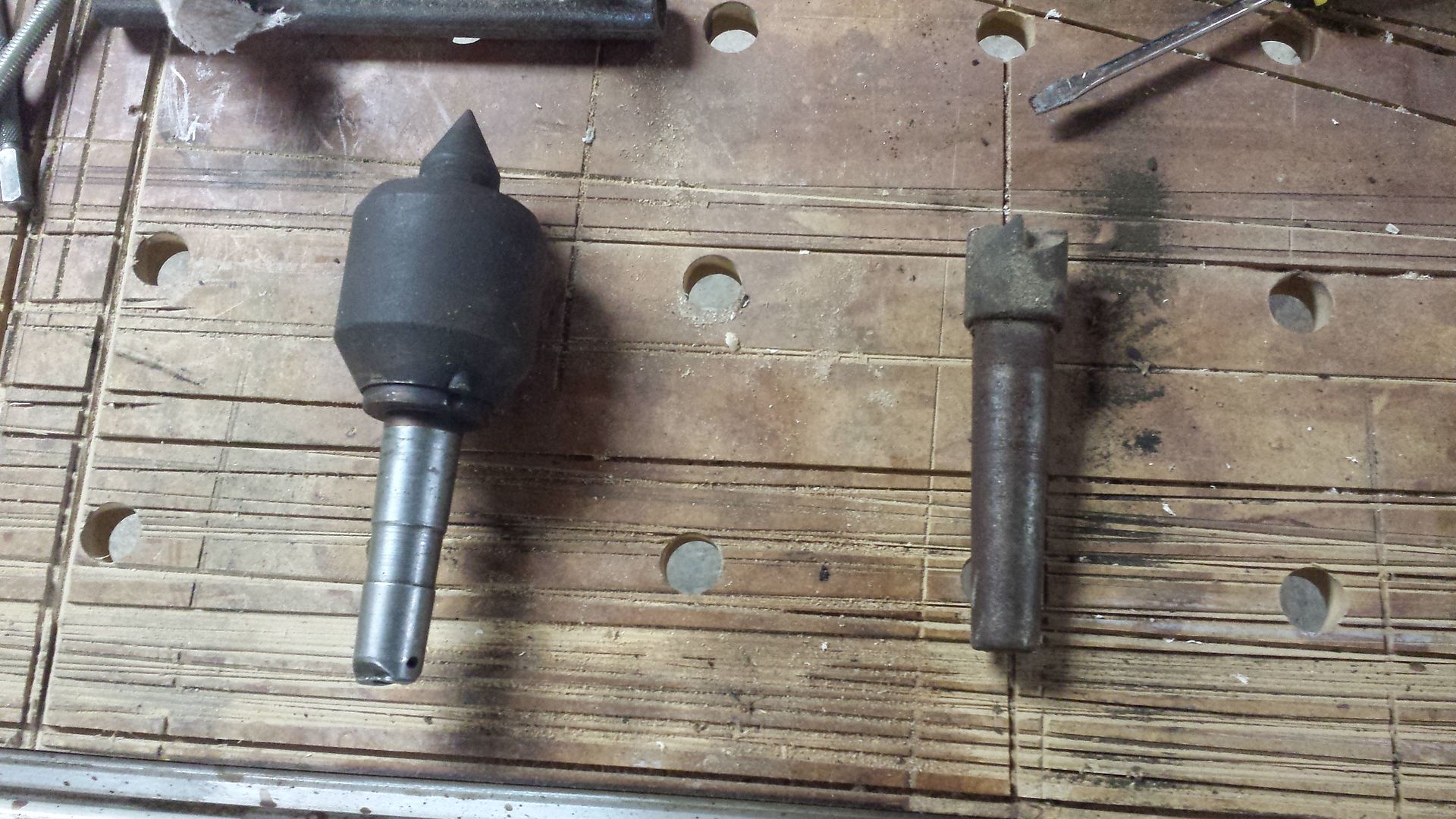
Other centers that came with it, what are they, what/when are they used? (Yes, I have no clue at this moment)
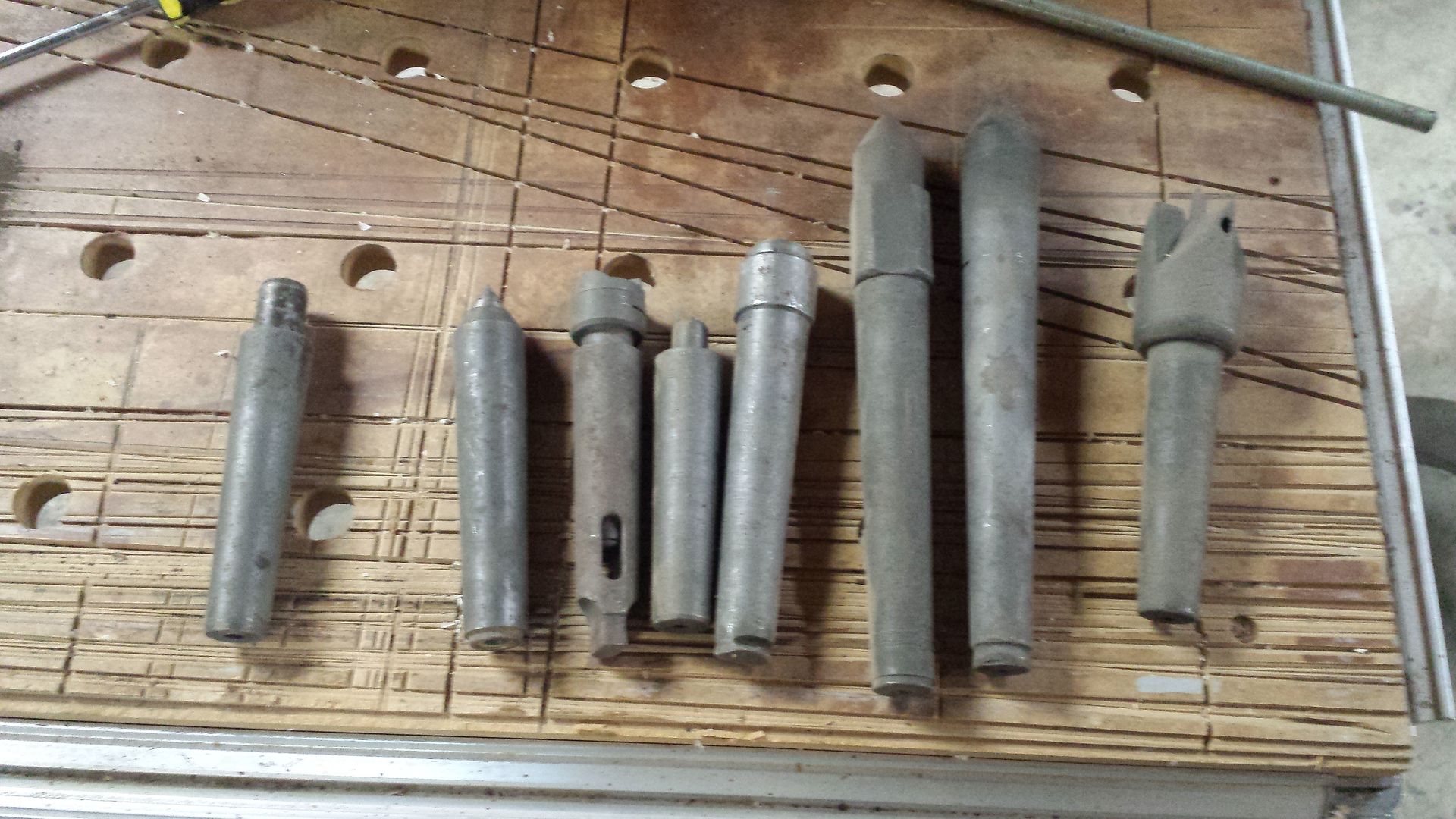
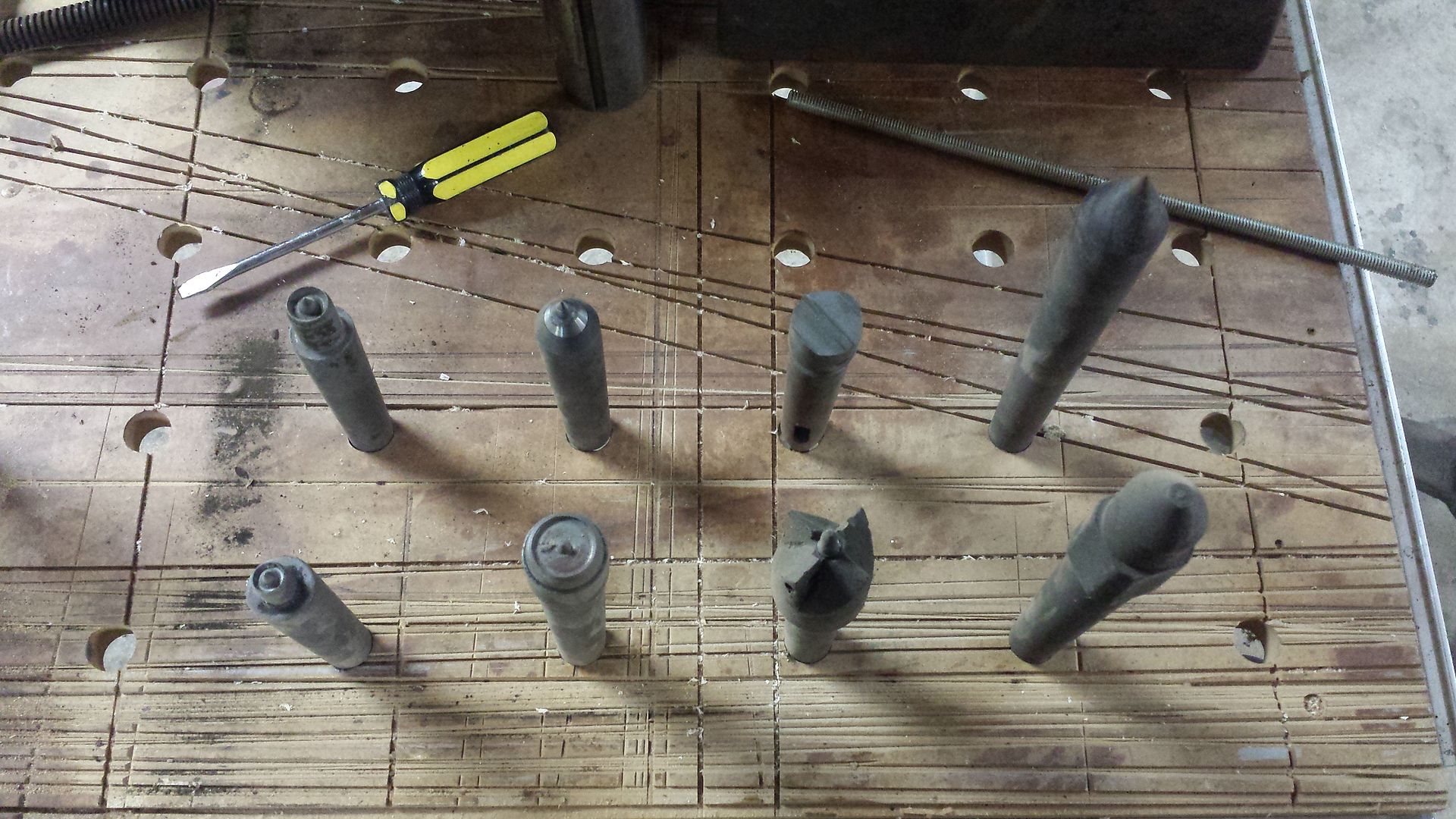
Is it best to use a live center or dead center? Which ones are for which end? Those seem like dumb questions.
Current faceplate:
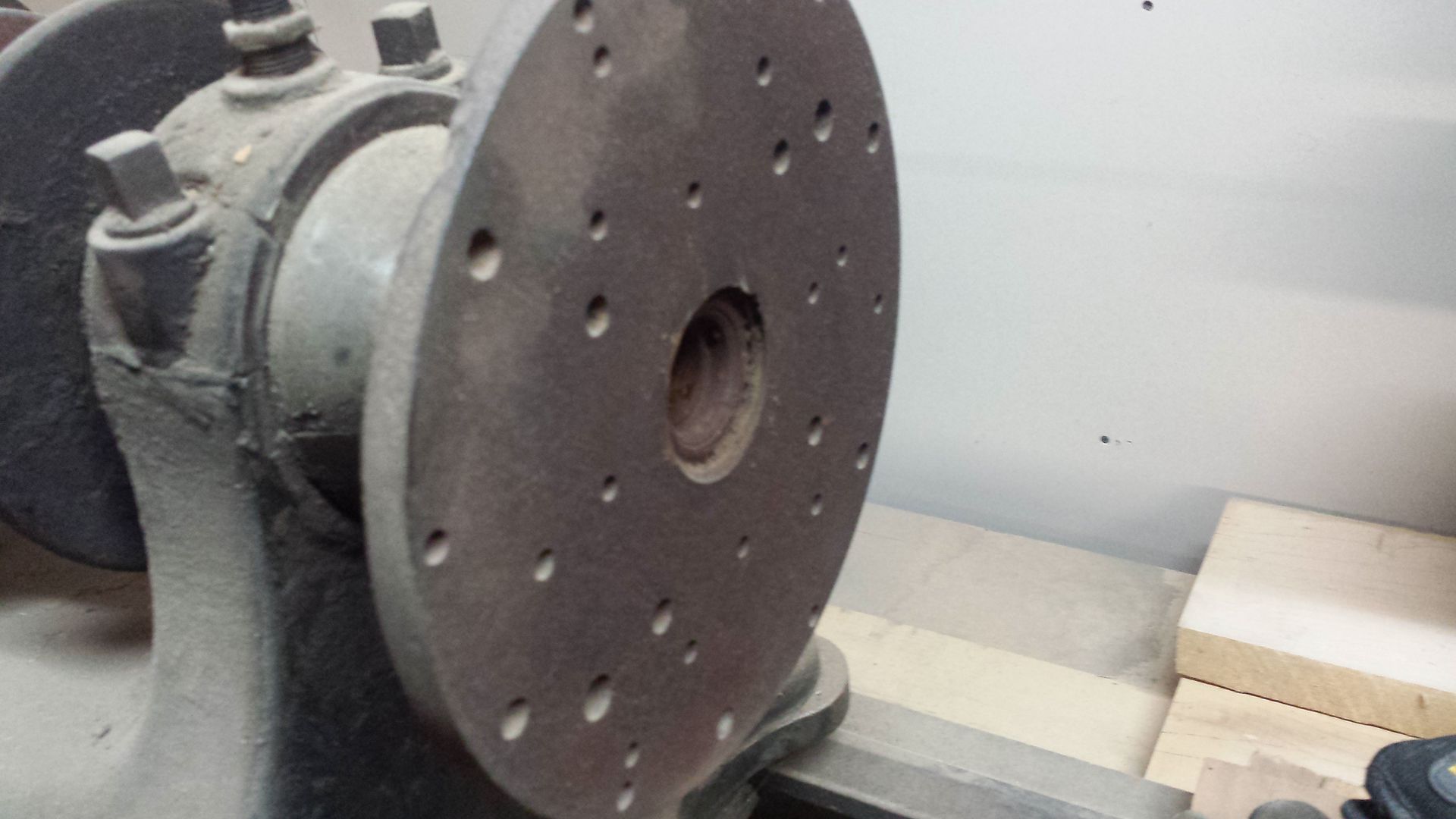
I have the tail stock disassembled and ready to finish cleaning and get painted. The legs will take some pretty extensive work to get back into the shape I want them to be.
I have questions about these centers. I just got the center out of the tail stock (which seems to be a live center someone had made for it) and was able to remove the center from the head stock (seems to be a spur drive?)
What are the additional centers for?
It also looks like the face plate will unthread as well?
Tailstock center on left headstock center on right

Another view:

Other centers that came with it, what are they, what/when are they used? (Yes, I have no clue at this moment)


Is it best to use a live center or dead center? Which ones are for which end? Those seem like dumb questions.
Current faceplate:

I have the tail stock disassembled and ready to finish cleaning and get painted. The legs will take some pretty extensive work to get back into the shape I want them to be.

